Design studio Pentagram has created branding that references the injustice of America’s struggle on medication for Ben’s Greatest Blnz hashish firm, which was launched by Ben & Jerry’s co-founder Ben Cohen.
Pentagram was tasked with distilling these values into the packaging and model identification for Colorado-based Ben’s Greatest Blnz (B3), utilizing a choice of vibrant backgrounds with daring graphics with a Nineteen Seventies psychedelic affect.
The branding is supposed to replicate Cohen’s mission for the model, which incorporates donating 100 per cent of its earnings to “the Black hashish group and teams advocating for felony justice reform”.
“One of many first phrases Ben used to explain the model intent was ‘activist’,” stated Pentagram lead Eddie Opara.
“Advocacy and the last word objective of the model to take a position again into communities deeply harmed by the struggle on medication had been at all times central to what wanted to be conveyed,” he continued.
“We wished that goal to exist in each aspect of the model and packaging.”
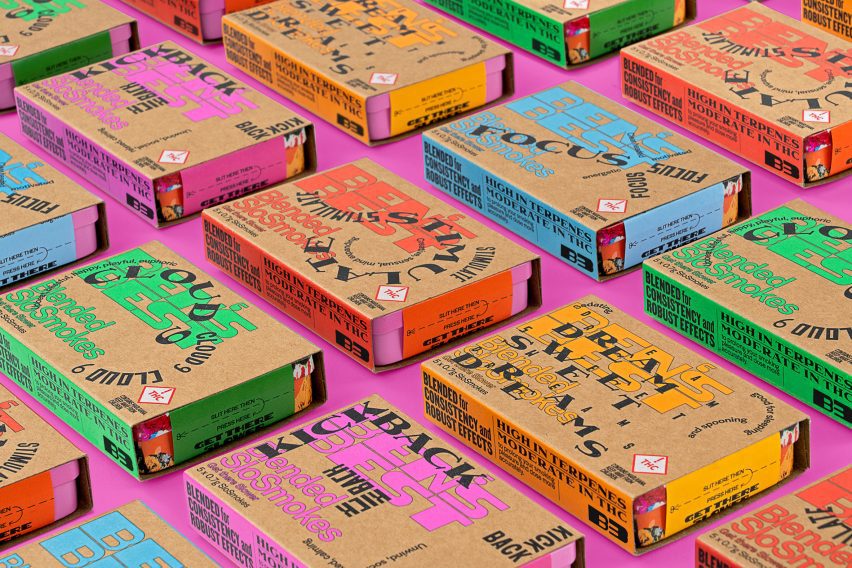
The packaging consists of cardboard packing containers with black fonts and quotes from well-known African and African-Individuals resembling former South African president Nelson Mandela and political activist Angela Davis.
It goals to focus on the disproportionate quantity of Black folks behind bars for cannabis-related offences.
The cardboard packing containers include particular person merchandise, which embody smokeables, vaporizers and edibles, that each one have shiny colors and densely worded quotations and descriptions.
These embody the model’s mission statements, directions and easy phrases that describe the aim of the merchandise resembling “sit back” and “full spectrum”.
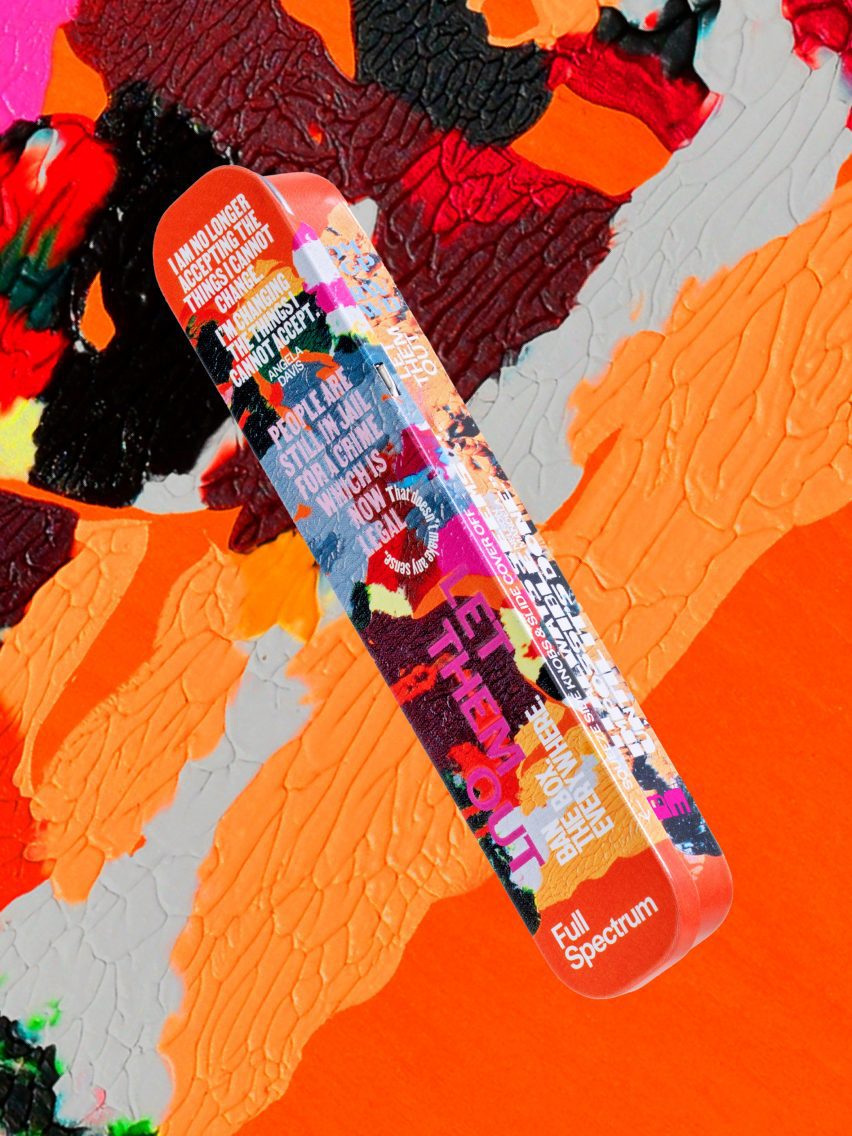
“The packaging is intentionally heavy on sort and textual content; it’s designed to be explored and found over time because the reusable tin lays round the home,” stated Cohen.
“At occasions we considered the packaging as an artfully designed Dr Bronner’s cleaning soap bottle. However it turned out to be a lot greater than that.”
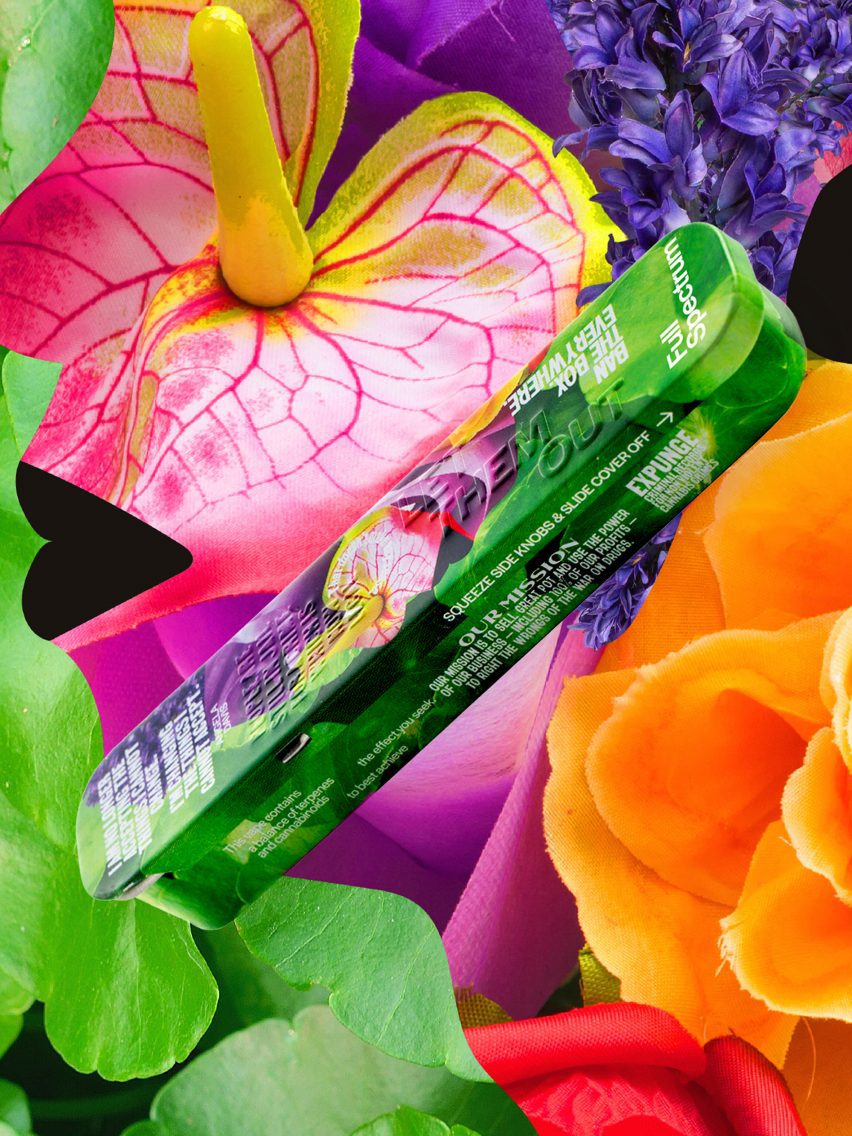
The fonts had been drawn from “typefaces created by Black designers and rooted in historic context”.
These embody main fonts from Vocal Kind Foundry, a font design studio based by designer Tré Seals, whereas the supporting font is in Halyard, created by Joshua Darden.
With a purpose to handle one in every of Cohen’s major considerations – decarceration in keeping with marijuana’s rising acceptance – the studio collaborated with Black artists and designers resembling Brooklyn-based Dana Robinson for the tins and sleeves of the packing.
Robinson’s work was drawn from her Ebony Reprinted collection, which takes photos from the long-running Black tradition and humanities journal Ebony and recreates them in smeared paint.
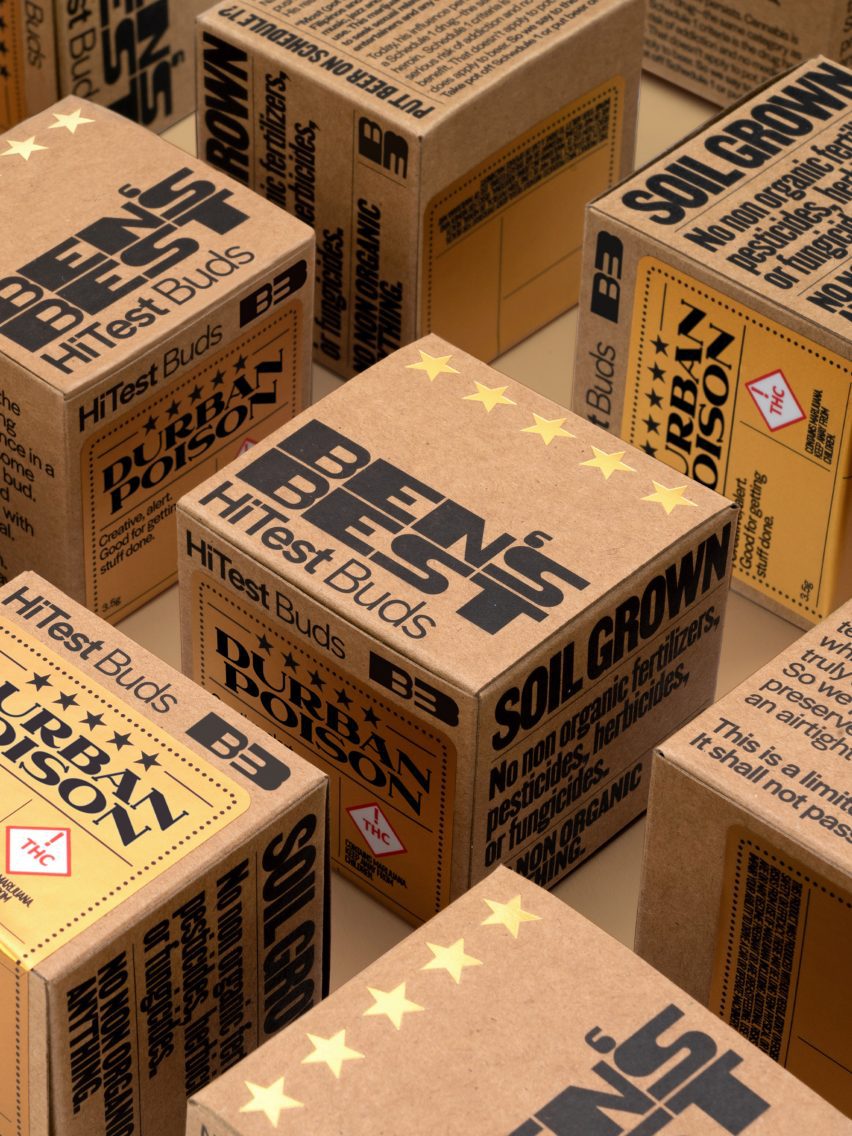
One picture chosen for B3 contains an ice cream parlour, a delicate nod to Ben & Jerry’s, although B3 is a totally separate enterprise, and Opara stated that small icecream cones had been included on each package deal as “a wink to Ben’s background”.
Opara contributed the opposite paintings. This features a photograph collage that has a collection of flowers formed to appear to be a Black particular person in an orange jumpsuit.
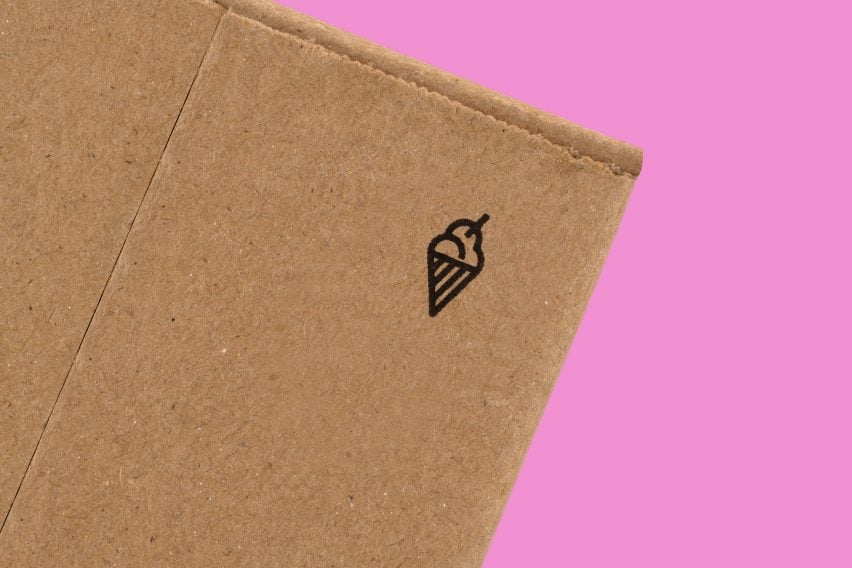
In response to Pentagram, the packaging is “sustainably produced and recyclable as doable”. It shifted away from the child-proof plastic containers typical to hashish merchandise in favour of tin, glass and cardboard.
Pentagram was based in 1972 in London and now has studios in the USA and Germany. Different branding initiatives undertaken by the studio embody brand designs for music firm MIDI in addition to automotive firm Rolls-Royce.

